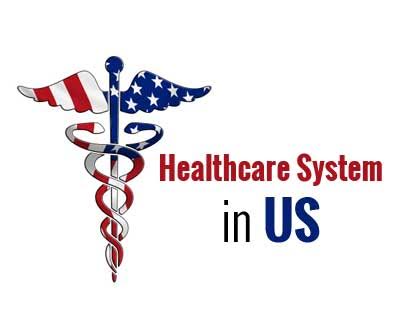- Home
- Medical news & Guidelines
- Anesthesiology
- Cardiology and CTVS
- Critical Care
- Dentistry
- Dermatology
- Diabetes and Endocrinology
- ENT
- Gastroenterology
- Medicine
- Nephrology
- Neurology
- Obstretics-Gynaecology
- Oncology
- Ophthalmology
- Orthopaedics
- Pediatrics-Neonatology
- Psychiatry
- Pulmonology
- Radiology
- Surgery
- Urology
- Laboratory Medicine
- Diet
- Nursing
- Paramedical
- Physiotherapy
- Health news
- Fact Check
- Bone Health Fact Check
- Brain Health Fact Check
- Cancer Related Fact Check
- Child Care Fact Check
- Dental and oral health fact check
- Diabetes and metabolic health fact check
- Diet and Nutrition Fact Check
- Eye and ENT Care Fact Check
- Fitness fact check
- Gut health fact check
- Heart health fact check
- Kidney health fact check
- Medical education fact check
- Men's health fact check
- Respiratory fact check
- Skin and hair care fact check
- Vaccine and Immunization fact check
- Women's health fact check
- AYUSH
- State News
- Andaman and Nicobar Islands
- Andhra Pradesh
- Arunachal Pradesh
- Assam
- Bihar
- Chandigarh
- Chattisgarh
- Dadra and Nagar Haveli
- Daman and Diu
- Delhi
- Goa
- Gujarat
- Haryana
- Himachal Pradesh
- Jammu & Kashmir
- Jharkhand
- Karnataka
- Kerala
- Ladakh
- Lakshadweep
- Madhya Pradesh
- Maharashtra
- Manipur
- Meghalaya
- Mizoram
- Nagaland
- Odisha
- Puducherry
- Punjab
- Rajasthan
- Sikkim
- Tamil Nadu
- Telangana
- Tripura
- Uttar Pradesh
- Uttrakhand
- West Bengal
- Medical Education
- Industry
US healthcare spending growth slowed in 2016

Growth in healthcare spending in the United States slowed in 2016 following two years of expansion under the Affordable Care Act, a government health agency reported.
Health spending increased 4.3 percent to $3.3 trillion compared to a 5.8 percent growth rate in 2015, according to a report by the Centers for Medicare and Medicaid Services (CMS), which administers the government’s health programs.
The decline was driven by slower enrollment growth in health insurance programs, which in turn lead to decreased use of medical services, the report found.
Roughly 10.2 million people gained Medicaid coverage in 2014 and 2015 combined, and 8.7 million people gained private health insurance, taking the insured percentage of the population from 86 percent in 2013 to nearly 91 percent in 2015.
In 2016, out-of-pocket spending by consumers on health costs not covered by insurance rose 3.9 percent compared with 2.8 percent in 2015. The increase was driven in part by an ongoing shift towards enrollment in high-deductible health plans.
Spending on retail prescription drugs grew 1.3 percent in 2016 compared with 12.4 percent in 2014 and 8.9 percent in 2015. The slowing was driven by fewer new drugs being introduced and less spending on pricey treatments for hepatitis C.
The 1.3 percent increase in drug spending was in line with the average growth rate of 1.2 percent from 2010 to 2013.
Enrollment growth in Medicare remained fairly steady at 2.8 percent in 2016. However, spending growth slowed to 3.6 percent from 4.8 percent in 2015, driven by slower spending per enrollee on both the fee-for-service and Medicare Advantage portions of the program.
Medicaid spending growth fell to 3.9 percent from 9.5 percent in 2015 and 11.5 percent in 2014, when growth was driven largely to the initial impact of Medicaid expansion under the Affordable Care Act.
Spending on private health insurance rose 5.1 percent to $1.1 trillion, which was slower than the 6.9 percent growth in 2015. The decline was driven by slower enrollment growth following expansion under Obamacare.
(By Toni Clarke)


